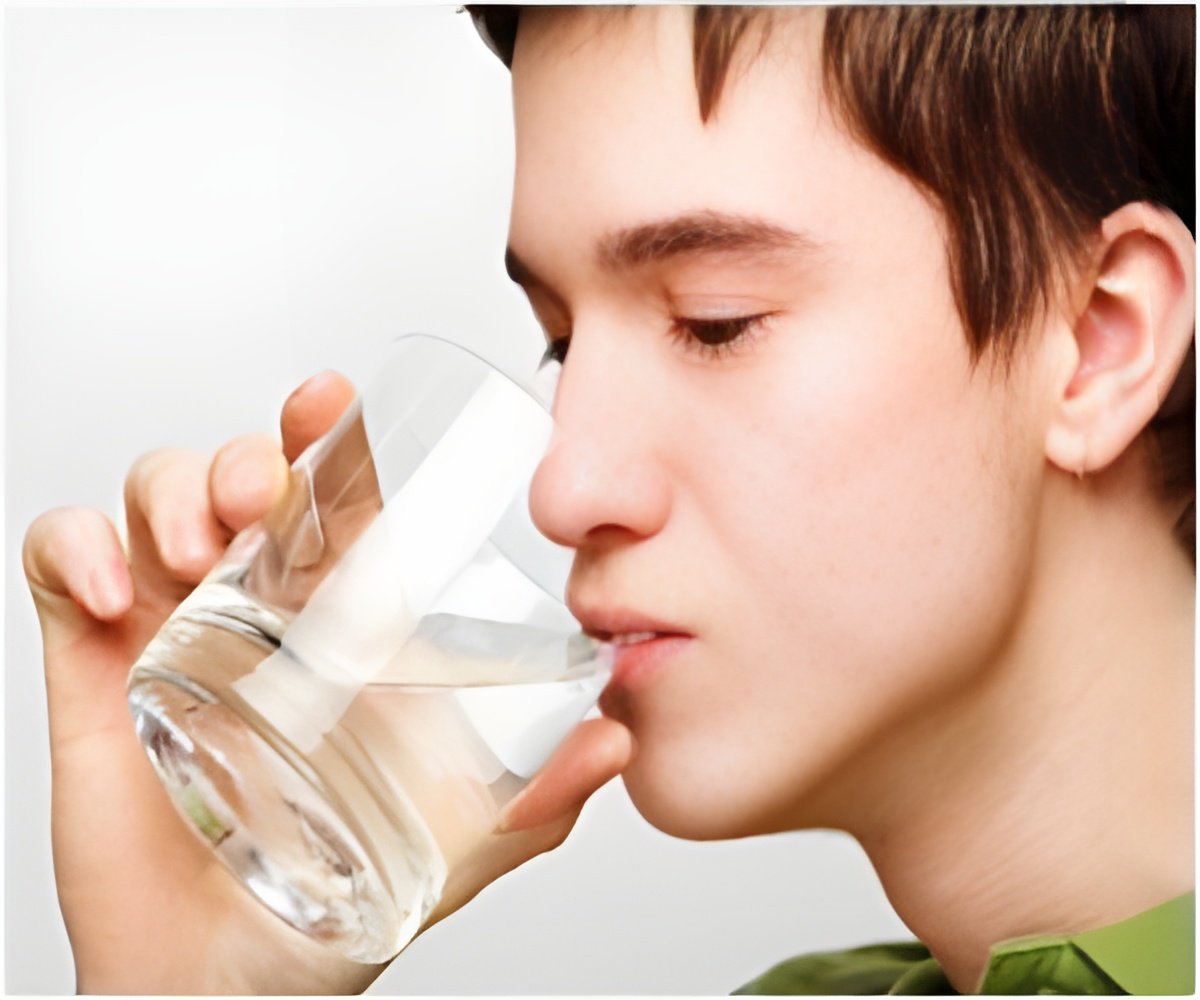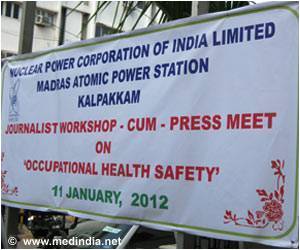What may be considered a fortunate sign to developing countries, US researchers claim to have created a prototype device that can generate electricity from waste water.

Scientists in the Netherlands have for some years been exploring the idea of generating renewable power along the country's coastline, where fresh water from rivers meets the salt water of the sea.
Using a process called reverse electrodialysis (RED), fresh water and seawater are placed in intermittent chambers separated by membranes, and an electrochemical charge is created.
A Norwegian company is developing a similar technology using saline and fresh water.
The Penn State team says RED technology is problematic because of the large number of membranes required, and because power plants have to be located by the sea.
They claim the number of membranes can be reduced and the power output boosted by combining the technology with what are called microbial fuel cells (MFCs). These use organic matter in solution to create an electric current - in this instance waste water.
Advertisement
The ammonium bicarbonate solution would be constantly recycled, using waste heat from local industry.
Advertisement
"In our process, we have the MFC part which is treating waste water and creating energy, and we have the RED stack which is just boosting that process, it's making it happen more efficiently," he explained.
He says the process could potentially be used anywhere, but could provide both clean water and power to communities in developing countries.
"The main application right now is in waste water treatment where you could effectively treat the water, but also gain some extra energy from waste heat. Instead of having a net drain, we have a net gain," he added.
Professor Logan and colleagues have previously reported on how the combination of microbial fuel cells and electrodialysis could generate hydrogen supplies.
Details of the study are published in the journal Science.
Source-ANI









